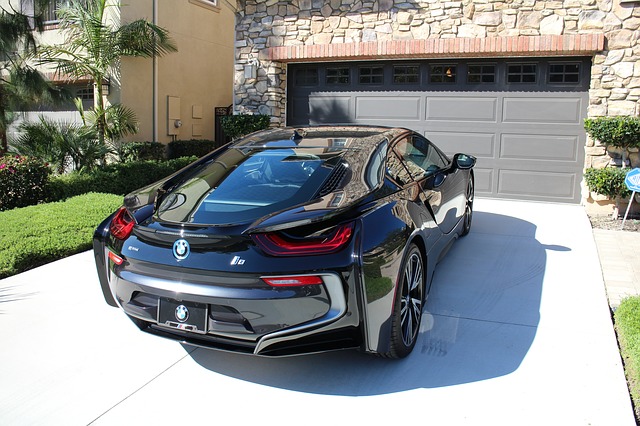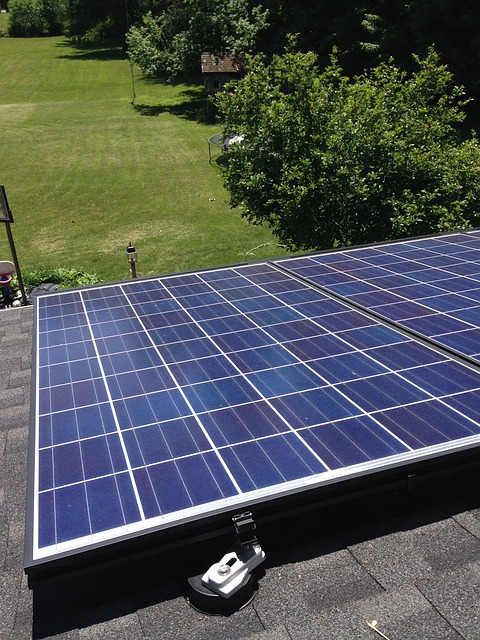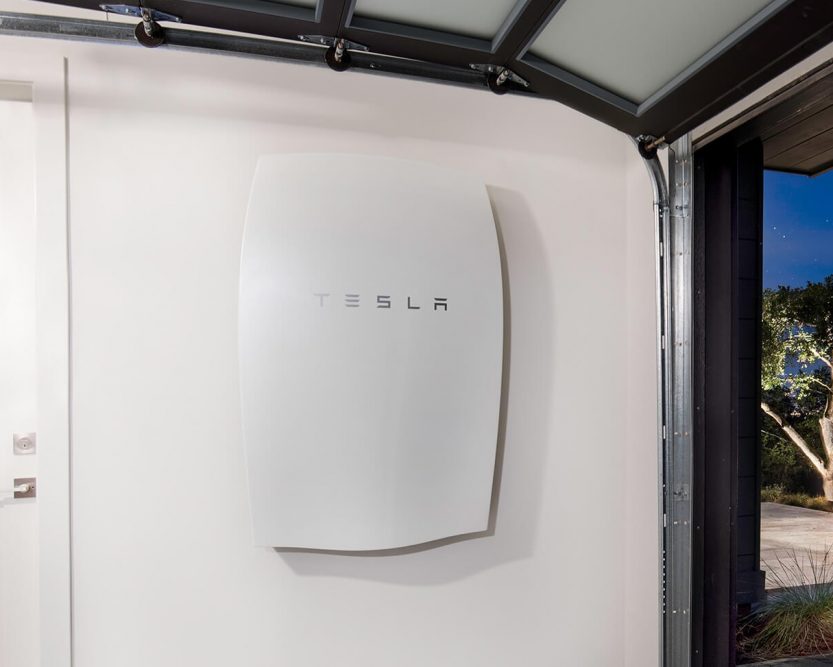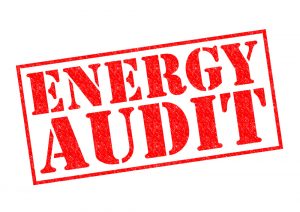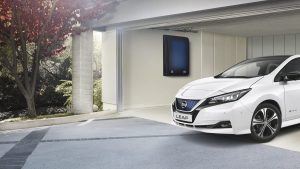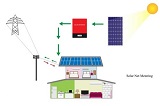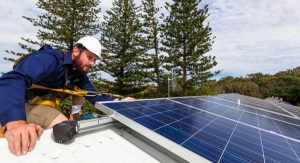Many companies in the solar field are looking at compact energy storage as the “next big thing” in renewable energy. Companies like Sonnen, Tesla, and even Mercedes are marketing lithium-ion battery packs as a way for homeowners and small businesses to get the most out of their solar generation. By adding electric vehicle charging to the equation, owners can add even more solar to their system and use it all on site. They can displace more fossil fuel use, save money, and minimize cumbersome negotiations with utility providers. Generation, storage and electric vehicle (EV) charging is the trifecta of solar!
In the “old days” of solar energy, photovoltaic (PV) solar panels were used primarily to charge off-grid, battery-based systems. This was great for remote cabins or research facilities where grid power was not available, or for campers or boats, electric fences or other small-scale applications. Lead-acid batteries comprised the most expensive and cumbersome part of PV-based systems, and it wasn’t until the advent of grid-interactive inverters that eliminated the need for batteries that solar became practical for the average homeowner. With these systems, excess production flows out to the grid, and the producer receives a credit to their account for the power produced (Solar Net Metering) or sells it all to the utility company (Ontario microFIT program – *cancelled by the PC Government of Ontarioin 2017).
Now, batteries are back, albeit “smart” lithium-ion batteries that allow users to store their power while maintaining grid usage as a backup. This allows battery banks to be smaller. It also allows a homeowner to store power during the sunny hours of the day while they are gone to work, and use that power to charge their electric car when they get home. It’s as close to perfect as a system can get! The customer gets the best of both worlds – cheap solar when they want it, and reliable grid power when they need it.
Elon Musk has bet big on this trifecta, integrating his company Solar City with one of his other companies, Tesla Motors. In Musk’s vision, the Tesla electric auto battery and the Tesla Powerwall battery are completely interactive. The Powerwall can be used to charge the Tesla car, or the Tesla car, when parked unused in the garage, can actually be used to power the household. It’s a radical concept whose time is quickly approaching.
Vehicle to Grid (V2G) integration is not just Musk’s dream. U.S. companies like Green Charge, Stem and Coda Energy are all exploring storage plus vehicle charging options in California, where demand charges are extremely high. Here in Canada, electric car usage is relatively small, with just over 20,000 EVs currently registered. However, the number is growing quickly as is Canadian solar usage. Not only Tesla’s but the Smart Car, Nissan Leaf and other plug-in EVs are gaining popularity, and it requires only 1 kW of solar to run an EV for 6,000 km per year.
Look for a convergence of these technologies in the years to come, as the price of solar and storage continue to drop, and fossil fuel prices continue to creep up. The solar+storage+EV equation may add up to savings for Canadian customers in the near future.


